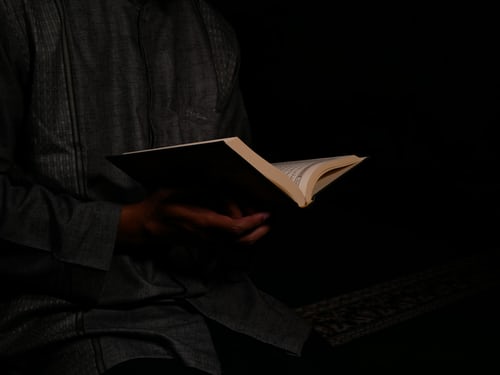Inspiring Older Readers
 posted on 24 Dec 2017
posted on 24 Dec 2017
Slouching Towards Bethlehem by Joan Didion
I’ve never really been able to get on with Joan Didion’s fiction (an early novel is reviewed here on Letterpress) but I’ve read her acclaimed non-fiction and journalism on and off for forty years. Her seminal collection of essays, Slouching Towards Bethlehem, come from a time when many turned to Didion to understand what the US zeitgeist had to tell us, and in what direction the prevailing winds of change would eventually drive the rest of the world.
Revisiting these impeccably crafted essays now is an odd experience – nostalgic and bitter-sweet, but also sometimes a little exasperating too, because for Didion plumbing the social and cultural depths of the US was always in part about gauging her own psychic temperature, and the decay and entropy she saw around her always to some degree a product of her own existential angst. To her detractors, this was why her anguished mandarin style was gorgeous but ultimately lacking in substance; to her supporters these were precisely the qualities that gave her vision power and grace and illuminated her work.
She went on of course to write much longer-form pieces on contemporary politics, US foreign policy and more recently the highly acclaimed books about the death of her husband (screenwriter John Gregory Dunne) and also of their adopted daughter, Quintana. But the pieces in Slouching Towards Bethlehem remain quintessential Didion, essential to anyone who wants to tune into her particular style and outlook and understand what she is doing and why.
First of all it must be said that all of the essays here contain marvellous writing; but while the prose is timeless, the subjects themselves have not always worn well.
For example, the title piece, which is about the hundreds of thousands of itinerant teenagers flooding into San Francisco’s Haight Ashbury to join the hippie movement in the late-60s, now seems in many ways both the most dated and the least interesting. (It is certainly amongst the most depressing pieces in the book. Anyone who remembers having to listen to the glib, vacuous superior banalities that were common currency of hippie parlance in the late-60s and into the 70s will read this with a sinking heart.) But it is also, I think a widely misunderstood piece. Many seem to think that what Didion was carving out as her distinctive territory was the analysis of California’s subcultures, but I think this is only partly true. What she was really interested in was social decay and moral bankruptcy: she was looking at what she believed were the faultlines in society, the lineaments of an impending collapse.
This is clearer, I think, in the first piece in the book, ‘Some Dreamers of the Golden Dream’, about the conviction for first degree murder of Lucille Marie Maxwell Miller, whose husband burned to death in the couple’s Volkswagen on a lonely road in the San Bernardino valley at around midnight on the 7th October 1964.
It is in this piece that Didion’s crafty and carefully constructed methods work most brilliantly. Greedy, empty, spiritually dead lives playing out under the hot scouring winds on the edge of the California desert; the endless strip developments and housing lots dividing and subdividing as unstoppably as cancer cells. Even the landscape is unnatural – the foliage of the lemon groves too lush, ‘unsettlingly glossy’; the fallen eucalyptus bark, white and dusty, is a ‘place for snakes to breed’; the very stones look like the ‘rubble of some unmentioned upheaval’. One eventually realises that everything in this piece has been carefully chosen and finely tuned; the prose wound as tightly as piano strings and exerting a similar extraordinary pressure; the vast Californian emptinesses are paradoxically claustrophobic. In her earlier work, Didion I now realise – I certainly didn’t at the time – is a Symbolist of Western decadence and collapse and it is this vision rather than any real idea of outlaw subcultures that drives her work.
And yet for all this, there is some truth in what her critics say. Her first subject was always herself and unlike, say, Susan Sontag, it was not Didion’s tastes or aesthetic judgements or even personal philosophy that were elevated and refined, it was her sensibility, her mood. Consequently, mood is especially important to Didion’s work – and to the reader. Read her in the wrong mood and the illusion, I find, evaporates. But read her in the right mood and there really is no one who writes quite like her, no one whose despatches from the edge of the twentieth century have such a deeply personal signature, such a steely, sometimes affectless gaze. They required of her a kind of personal martyrdom and I think it is for this reason that long after the original subject matter of the earliest pieces has lost its urgency she remains an irresistible and compelling voice.
Alun Severn
December 2017